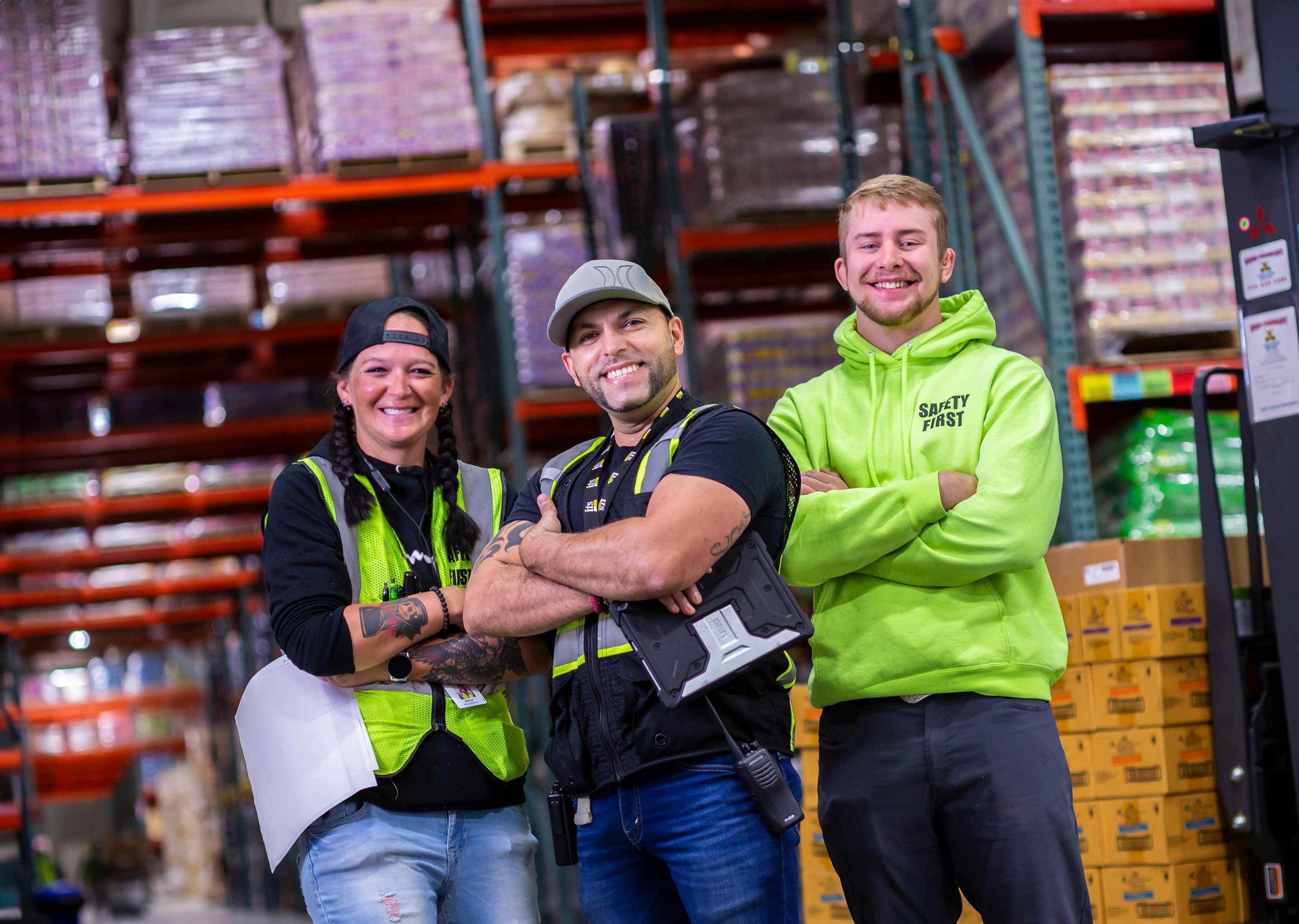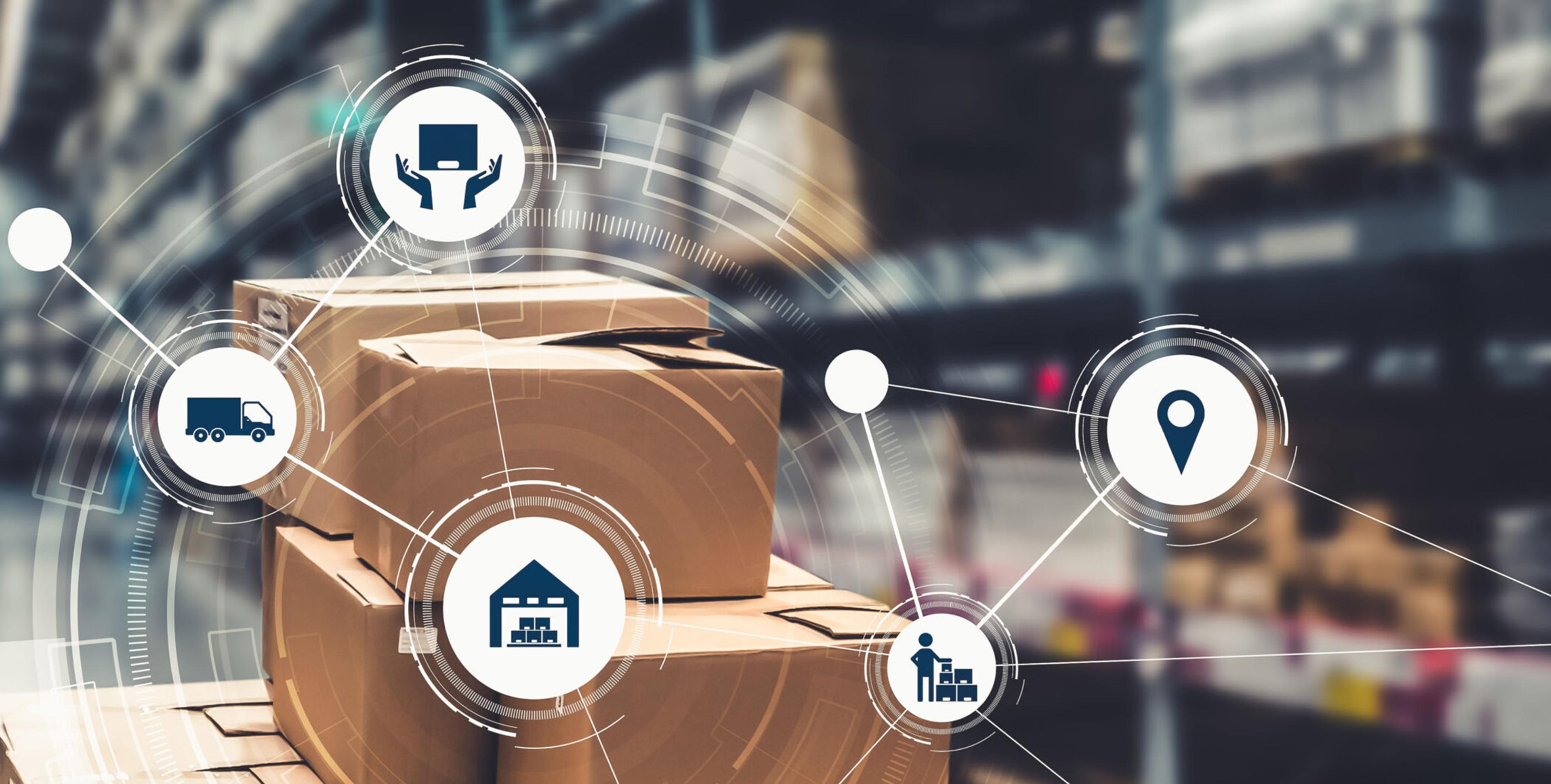Omnichannel Distribution + Fulfillment

Where retail, wholesale and ecommerce merge
Our omnichannel distribution services include comprehensive warehouse management, inventory control, retail distribution, ecommerce fulfillment, and more, and are designed to ensure consistent visibility and seamlessness for your business. We handle it all so you can focus on keeping your customers happy and not worrying about whether your inventory is up to date.
Your customers expect a seamless, customer-centric shopping experience. In order to implement this method of distribution, you need solid omnichannel supply chain management as a foundation.
Omnichannel fulfillment tends to have an advantage over typical ecommerce because of the greater variety of delivery and pick up options. The flexibility to fulfill orders to multiple channels is appealing to your customers.
At ITS, we know how to meet Amazon’s strict fulfillment requirements for whichever option you choose—SFP, FBA or FBM. We have the flexibility to help you scale your business, and we have the expertise to execute the specifications for any Amazon packages flawlessly.



